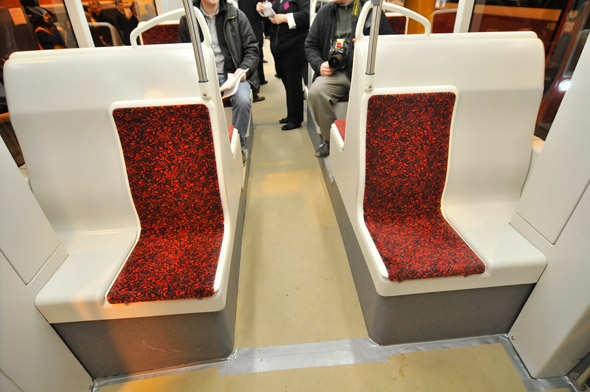TOareaFan
Superstar
It takes a hell of a lot of balls for for Van Loan to show up representing the federal government considering the feds provided no funding.
Just more propaganda from the Harper Government. PVL is just a passenger of Harpers'.
In this video, though, Karen Stinz acknowledges that the Federal government is contributing $108 million.
http://bcove.me/ow8sroa4








